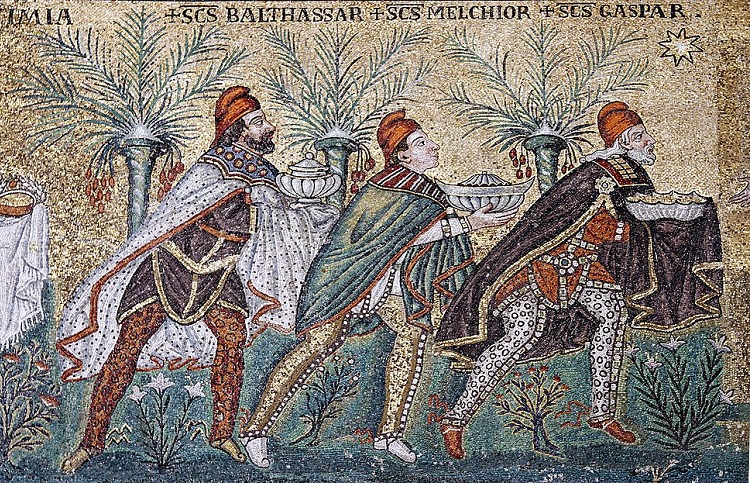Rogelio Núñez
Senior Research Associate at Elcano Royal Institute
Nicaragua, which in the 1980s was one of the last chapters in the struggle between the US and the USSR, has been in the international spotlight for the past month. The cause is the authoritarian drift of the government of Daniel Ortega, who was one of the protagonists of that last episode of the Cold War. There are several questions that can be asked about what is happening: what is happening in the Central American country, why is it happening now and, above all, where the Nicaraguan crisis is heading.
What is happening in Nicaragua is a return to its own past: to the political culture – between clientelist and authoritarian – of the Somoza dynasty and to the political-ideological DNA of one part of Sandinismo, that linked to Ortega and his entourage (above all his wife, the current vice-president and de facto power Rosario Murillo).
Daniel Ortega, who ruled the country with an iron fist in the 1980s after the fall of Somocismo, with the backing of the USSR and Fidel Castro’s Cuba, was forced to leave power in 1990 when international pressure and the wear and tear of the civil war led him to call elections, which he lost to Violeta Chamorro. From 1990 to 2006, when he won the presidential elections, Ortega devoted himself to rebuilding and controlling Sandinismo (expelling – purging – dissidents). He also gained institutional power: he took advantage of the weakness of the ruling political elite (Arnoldo Alemán’s Liberals) who, beset by scandals, were willing to give greater quotas of power to Sandinismo-Ortegaism in exchange for a cloak of silence on corruption.
When the centre-right and right-wing forces split, Ortega, with the party (now more Orteguista than Sandinista) cohesive around him, returned to power. His current term (2007-2021) has been characterised, at least until 2018, by using the old Somocista tricks. He co-opted the institutions (controlling the legislature, the judiciary, the electoral power, the police and the armed forces) and managed to make a pact with a part of the conservative political class from which he demanded support in exchange for reserving certain quotas of influence and impunity. In this way he achieved complete political and institutional control, leaving the opposition forces isolated. And he even won the backing of two old enemies from the 1980s: the Church and the business sector, which praised his economic orthodoxy, maintained thanks to the subsidies and financing received from Chavista Venezuela, which helped him consolidate his position without altering the macroeconomic equilibrium.
Supported by this framework, he introduced unlimited re-election, which has guaranteed his permanence in power (he was re-elected in 2011 and 2016). However, his growing hegemony began to deteriorate a triennium ago (in 2018) when the economy began to decline and Venezuelan support for the Chavista regime waned due to the crisis. When protests erupted, led by young sectors that have only known Ortega, and by the business sector, the regime brought out its authoritarian DNA, heir to the practices of Somocismo (whose political culture Ortega grew up in) and the Sandinismo of the 1980s.
In 2018, the harsh repression and violation of human rights was followed by a dialogue with social forces that became, in reality, a “truce” trap in which the government managed to rearticulate itself and sow discord within a heterogeneous opposition where forces linked to the business community coexist with more radical sectors of the student movement. Since mid-2020, the regime has been able to design a whole package of laws with the aim of applying them in this election year to break the opposition, something that has already been achieved with the arrest of more than a dozen opposition leaders in order to pave the way for Ortega’s re-election.
Where is all this leading? The regime’s objective is to ensure that the November presidential elections are held, that opposition forces controlled by Ortega’s regime participate in order to give some semblance of legitimacy to the process, and that the strongest anti-Sandinista leaders, such as Cristiana Chamorro, are left out.
The regime is a wounded lion, not a dying beast. This means that, as in 2018, it will respond with repression to any attempt by the opposition to rise up against the authoritarian drift. Ortega and his entourage know that they will lose the elections if transparent elections are held. That is why, under the current circumstances, dialogue would be nothing more than a ploy by the regime to divide an opposition that is deeply fractured internally.
The way out of the crisis is difficult and complex. The international community – not only the US but also the EU – must act in a coordinated and united front, without fissures, punishing the economic interests of Ortega’s regime. Not only would this be the most damaging to the regime, but it would also be a possible bargaining chip for future negotiations. But the key lies in Managua: without opposition unity, without a transition plan that appeals to the “soft” sectors of Sandinismo and guarantees that there will be no revenge in the post-Oorteguismo period, the chances of the regime collapsing in the short term are very slim.
Is it possible that a new Venezuela could emerge in Nicaragua? While this cannot be ruled out, it must be borne in mind that the Central American state is much weaker as it does not have Venezuela’s financial and economic resources (oil); Russia’s aid is not enough; and China, with which it has no diplomatic relations but growing ties, has so far kept a discreet distance from the Nicaraguan crisis. But the end of Ortega’s hegemony will only come through the economic and international isolation of the regime’s leadership and an intelligent opposition strategy based on unity and not on vendettas.
© Elcano Royal Institute/All rights reserved






